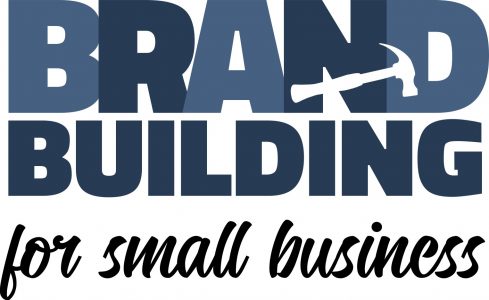Before a business owner invests the time, energy, and resources to systematically build a brand, some skeptics need to be persuaded that all this talk about branding is not a scam on the part of ad agencies and other marketers out to make money.
For starters, no less an authority of the business world than renown entrepreneur Warren Buffett of Berkshire Hathaway fame was recently quoted as saying about the power of brands: “Give me a $10 billion budget and ask me to bring out another Coca-Cola that makes a dent in Coca-Cola and I can’t do it.” By inference, this statement seems to suggest that the branding of Coca Cola has a value of at least $10 billion (perhaps more).
Frankly, branding has a longer history than most people realize.
Do an Internet search for the term “history of branding,” and you get an extremely wide variety of responses. Some talk about the cattle branding done in the 19th century wild west. An organization called Skyward traces the origins back further, saying, “The term derives from the Old Norse word brandr or ‘to burn,’ and refers to the practice of branding livestock, which dates back more than 4,000 years to the Indus Valley.”

Most sources seem to agree that some form of the concept can be attributed to the Egyptians (and ancient B.C. times) with some credit being given to the Chinese, the Greeks, the Romans, and more due to the marks put on items such as pottery to provide information about the creator and creations. (For a good historical overview, read Skyward’s essay, “What Is Branding? A Brief History” found at https://www.skyword.com/contentstandard/branding-brief-history/.)
Obviously, the term branding has assumed a much different and more complex identity during the second half of the 20th century. As Taylor Holland notes in the Skyward essay, “The meaning of the word has evolved so much over the centuries that even people who do it for a living have never made the connection between modern marketing and livestock.”
Contemporary branding is a 20th century phenomenon. The advertising industry is generally credited with broadening the definition to include establishment of a corporate identity and promotion of sales. During the “Golden Age of Advertising” in the 1950’s and 60’s, the concept started to encompass the creation of a unique personality for products – giving them qualities that often elicited an emotional response that helped foster brand loyalty.
More recently, we have seen the concept expand even further to focus on something called “the brand experience” with customer service and ease of use playing increasingly prominent roles in effective branding. (For a quick overview of this process of evolution, see “20 milestones in the history of branding” – https://www.creativebloq.com/branding/milestones-history-branding-91516855.)
So . . . What Conclusions Can Be Drawn?
If the act of branding is, indeed, an elaborate scam, the charade is one that dates back thousands of years, has hoodwinked one of the 20th century’s most astute businessmen, and has evolved to reflect the needs of a changing world. While the act of branding has certainly become more complicated (as has the modern world), the process still involves quick identification of a product through visual symbols such as a logo and the association of those symbols with positive attributes. These characteristics will, in turn, always be useful to companies that must continually reprove themselves to their existing customers . . . while constantly being on the lookout for new ones.
Not Convinced?
Perhaps you are one of those people who need some numbers before you can believe. For instance:
“Consistent branding across all channels increases revenue by 23%.”
From 80+ Branding Statistics You Should Know For 2020
– Ryan McCready, June 19, 2019.
If you are one of them, check out these 80 facts and many others found in articles made available by searching “data proving the importance of branding.”

One thought on “Is Brand a Scam . . . or the Real Deal?”